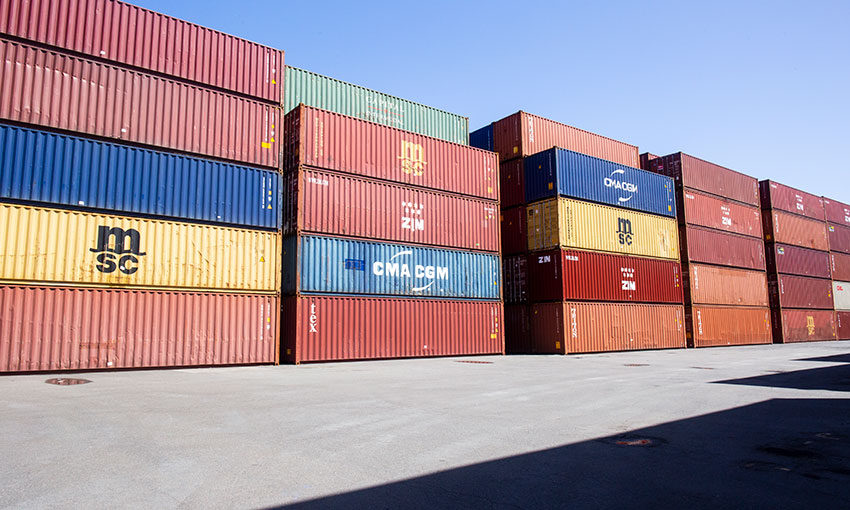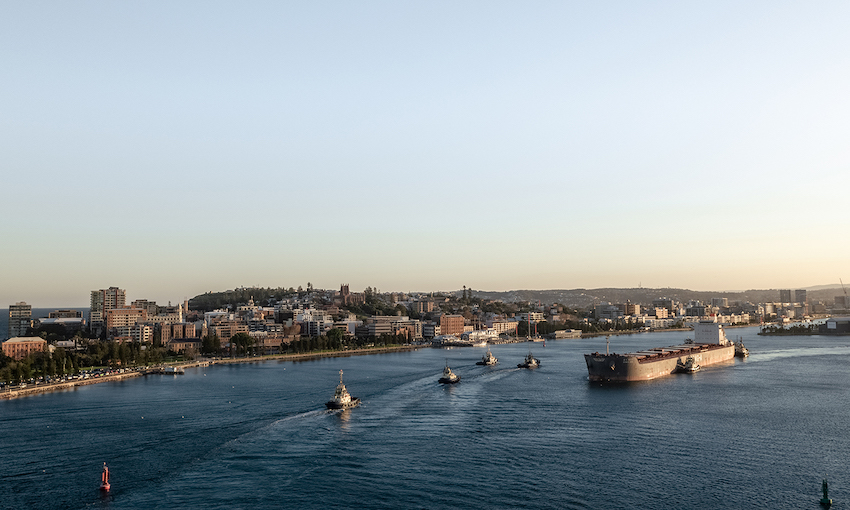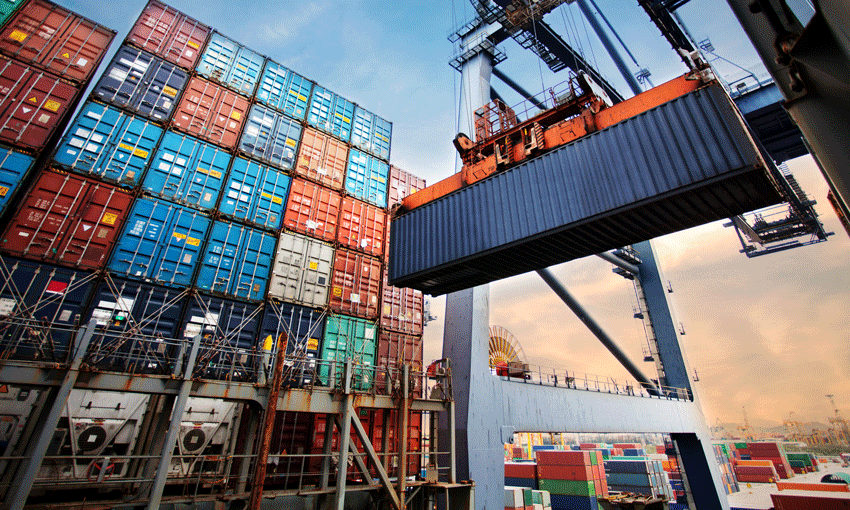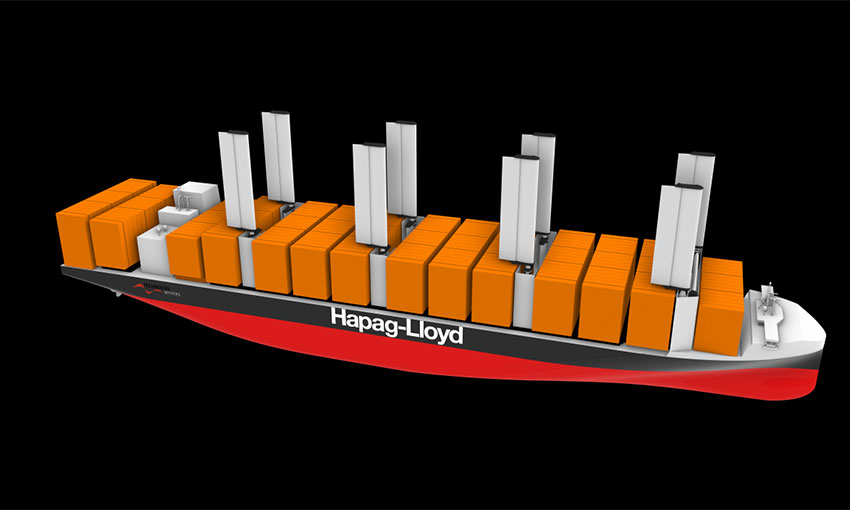The Transport Global Practice of the World Bank and the Maritime, Trade and Supply Chain division of S&P Global Market Intelligence have recently published the Container Port Performance Index 2021. The data used to compile the CPPI 2021 is based on S&P Global’s Port Performance Program.
As can be expected in a year affected by COVID-19 pandemic disruptions in shipping, there have been substantial changes compared to the CPPI 2020.
Long Beach and Los Angeles have ended up as last and second last, not surprising noting that they had up to a hundred ships queuing off the port for a large part of the year.
However, reputable ports such as Rotterdam (down 201 places), Yantian (down 249 places) and Shanghai (down 267 places) have all dropped substantially compared to the 2020 CPPI. So, you would have to ask, how realistic is the 2021 league table?
Australian ports have stayed more or less at the same ranking compared to CPPI 2020, with Adelaide taking up the top ranking at 264, well behind Bell Bay on 218 (interesting).
However, surprisingly, New Zealand ports such as Auckland and Tauranga, which regularly outperform Australian ports, have dropped from 118 to 351 for the former and from 114 to 325 for the latter in the latest rankings.
Unsurprisingly, top spots have been taken out by a number of Middle Eastern ports, which are mainly transhipment ports that tend to perform better than gateway ports.
They also tend to be ports with low labour costs and excess capacity, so they are able to assign more resources (i.e. ship to shore cranes, container handling equipment etcetera) to each vessel visit.
The CPPI report mostly compares the waterside performance of ports. Transport for NSW has endeavoured to compare performances of Australian and overseas ports as part of the PBLIS Review.
In one report the consultants commented on the difficulty of comparing performances between ports, stating that: performance associated with wharf side operations, landside operations, carrier operations, physical and IT infrastructure is all highly inter-related.
Due to this it is difficult to provide statistics showing the improvement or negative impact of one individual change on the overall system.
A well performing port does not solely rely on the waterside performance as measured in the CPPI. It needs to perform well on the landside, especially for gateway ports; be financially viable (i.e. make a return on investment), have a balance between vessel delays and berth occupancy, and have a good safety record.
To provide a true picture of port rankings, I believe a more detailed observation is required to come up with a realistic league table of global container ports.




